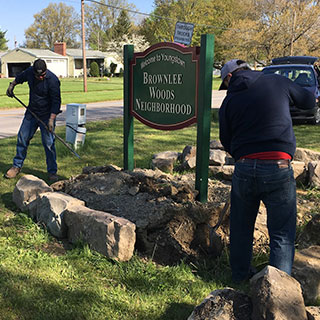A former city resident who still loves his hometown is coordinating an effort that will bring about 300 volunteers together to paint the houses of four lower-income senior citizens – one on each side of Youngstown.
Calling it Operation Paint Brush, Jon Howell, a 1980 South High School graduate who lives in Bloomington, Ill., said the event will have members of more than 30 Youngstown-area organizations paint the houses and make minor improvements Saturday and Sunday. The painting starts at 8 a.m. and will conclude about 3 or 4 p.m. each day.
“We want to raise the quality of life in Youngstown, and to do that, you need to improve housing,” Howell said. “My wife [Adrienne] and I started thinking about what we could do and came up with this. We are helping people who can’t help themselves.”
Howell is an information technology manager at State Farm Insurance, which is based in Bloomington.
Others involved in organizing the effort include the Rev. Lewis Macklin, pastor of Holy Trinity Missionary Baptist Church, a longtime friend of Howell’s; as well as Ian Beniston, executive director of the Youngstown Neighborhood Development Corp.; and Dominic C. Marchionda, city-university planner at Youngstown State University’s Regional Economic Development Initiative.
“We’re doing only one house on each side of town, but if everyone sees us do it, it becomes something that others will do in the neighborhoods,” the Rev. Mr. Macklin said. “We hope it inspires others to do this elsewhere.”
The houses were selected from a list of properties that YNDC has of homes owned by seniors who cannot do exterior painting, Beniston said.
The houses are on Catalina Avenue on the North Side, Lucius Avenue on the South Side, Elliot Lane on the East Side and Thurber Lane on the West Side.
To read the full story on Vindy.com, click here.
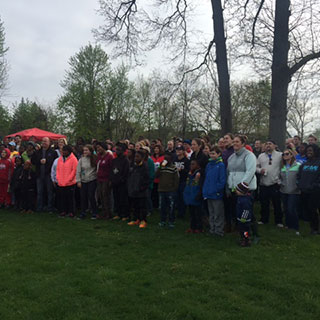 ,
, 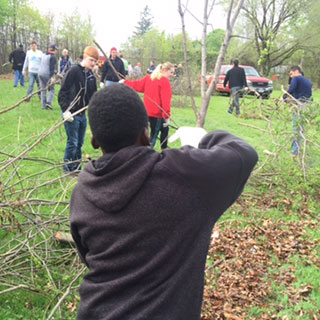 ,
, 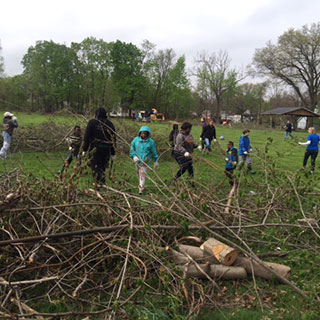 ,
, 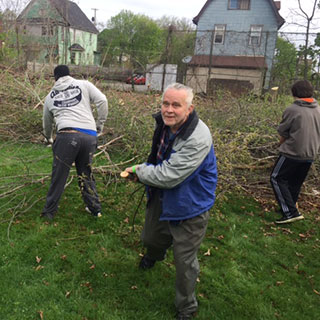 ,
, 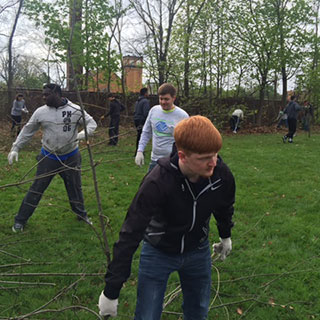 ,
, 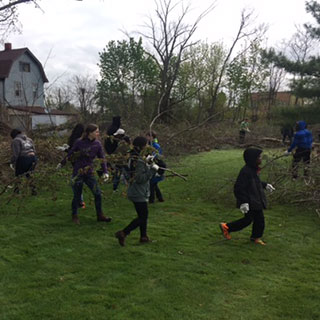 ,
, 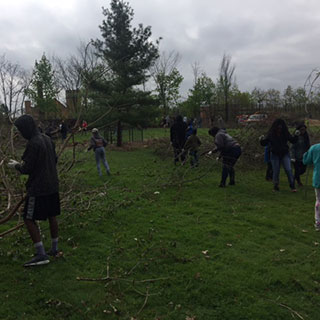 ,
, 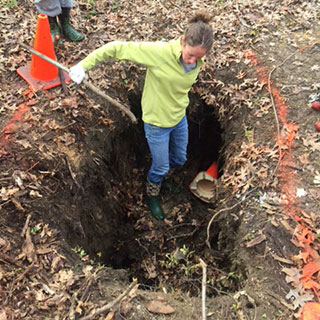
 ,
,  ,
,  ,
,  ,
,  ,
,  ,
,  ,
, 
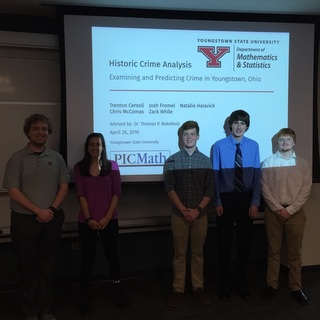 ,
, 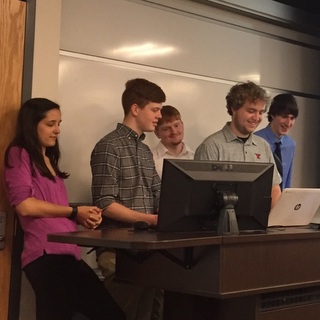 ,
, 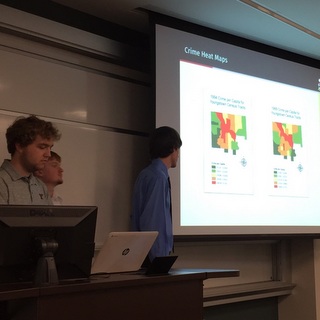 ,
, 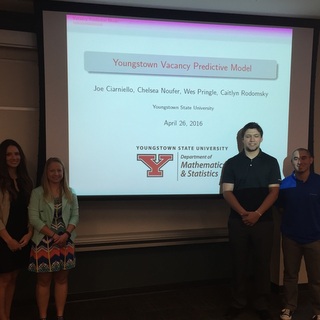
 ,
,  ,
,  ,
, 
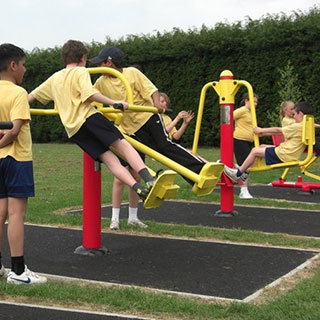 ,
, 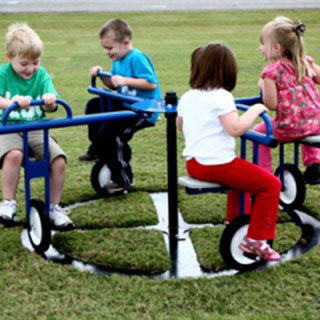 ,
, 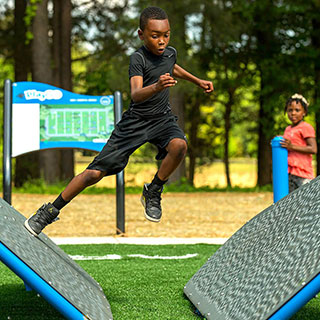
 ,
,  ,
, 
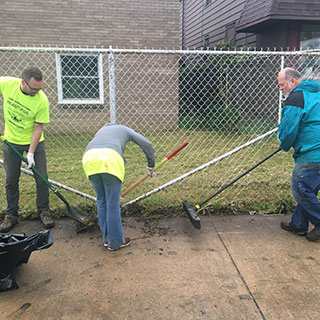

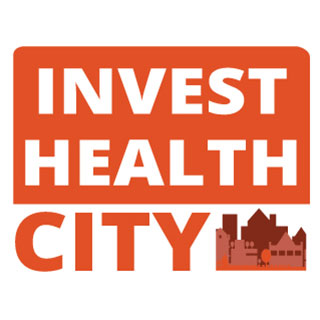


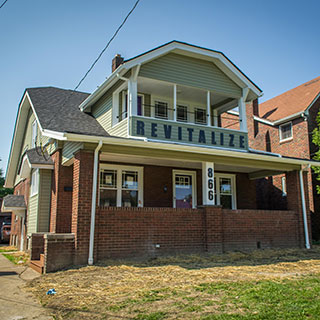 ,
,  ,
, 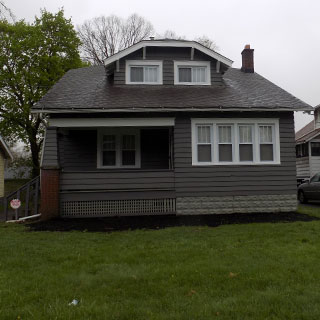 ,
, 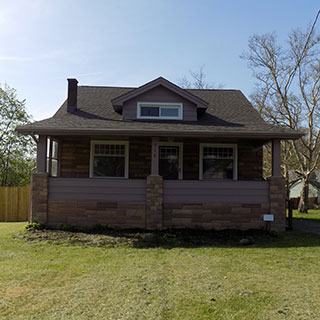
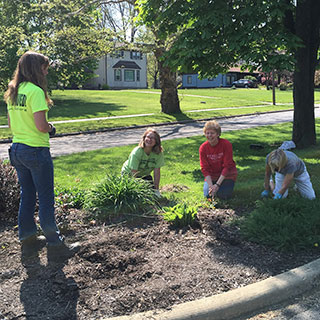 ,
,  ,
, 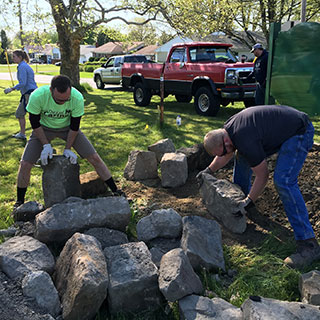 ,
, 